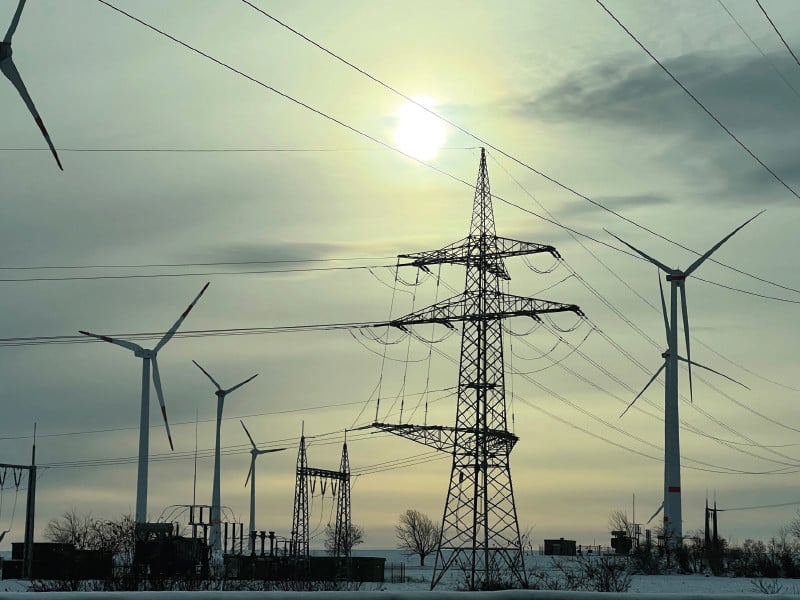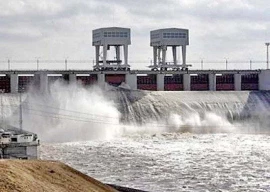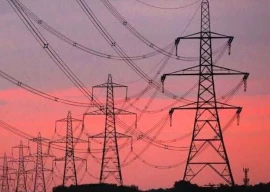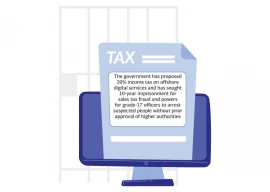
Power production, in April, witnessed a staggering 14% decline, plummeting to 8,640 gigawatt-hours (GWh), attributed to a significant surge in electricity prices, a slowdown in industrial activities, and a notable migration of businesses and households towards solar power from the national grid, thus exacerbating the burden of capacity payment and circular debt on the nation.
Despite a rise in temperature during the month, energy production experienced a dip, indicating that the government and distribution companies resorted to higher load-shedding measures to avoid selling expensive power to end-consumers, who were grappling with a reduction in their purchasing power. Comparatively, electricity generation had stood at 10,010 GWh in the same month of April of the previous year, as reported by local research houses citing NEPRA’s (National Electric Power Regulatory Authority) data on Tuesday.
The cost of the fuel component in power generation, however, decreased by 10% to Rs9.2 per unit in the month, compared to Rs10.2 per unit in the corresponding month of the previous year. However, this decrease did not reflect in power billing due to the collection of previous fuel adjustment charges and the imposition of various surcharges.
Over the first ten months of the current fiscal year 2023-24, power generation witnessed a 3% drop, totalling 100,980 GWh compared to 103,593 GWh during the same period in the previous year.
Speaking to The Express Tribune, Muhammad Awais Ashraf, Director of Akseer Research, highlighted that the significant surge in power tariffs over the past year had primarily dissuaded households from increasing power consumption. Furthermore, many business establishments and a substantial number of households are swiftly transitioning to solar power, thereby reducing the demand for energy from the national grid. Ashraf elaborated that people are opting for solar generation due to the one-time installation cost of renewable energy systems on rooftops, coupled with the government’s persistent increments in power tariffs. He also pointed out that a significant reduction in power demand has been observed due to the sluggishness in industrial production in Pakistan, exacerbated by record-high interest rates and controlled imports of raw materials.
According to Ashraf, industrial production is likely to remain subdued until the central bank significantly reduces its interest rates, making bank financing more accessible for businesses. He said that the government’s continued control over imports, driven by low foreign exchange reserves at $9 billion, providing import cover for less than two months, is exacerbating the situation. Ashraf predicted that power production would remain low until the central bank cuts its interest rates, possibly in September 2024, due to the upcoming budget presentation on June 7, 2024, and government efforts to secure another International Monetary Fund (IMF) loan programme by June-July 2024, which would deter the central bank from reducing interest rates, thus keeping industrial output at its current low level and maintaining lower demand for electricity.
However, Ashraf noted some positive developments, such as an 11% increase in hydel power production in April compared to the same month of the previous year, attributed to the government bringing online the 969-megawatt Neelam-Jehlum hydel power system late last year.
Similarly, nuclear power production saw a 7% increase in the under-review month following the addition of a couple of new plants in the past year. Ashraf highlighted that hydel production does not incur fuel costs, and nuclear power carries one of the lowest fuel costs in production. Therefore, the addition of hydel and nuclear power projects to the national grid has helped reduce the cost of fuel in power generation.
Published in The Express Tribune, May 22nd, 2024.
Like Business on Facebook, follow @TribuneBiz on Twitter to stay informed and join in the conversation.

1737537702-0/fizza-(79)1737537702-0-405x300.webp)


1737532984-0/BeFunky-collage-(18)1737532984-0-165x106.webp)











1737452260-0/Gaddafi-stadium-(2)1737452260-0-270x192.webp)










COMMENTS
Comments are moderated and generally will be posted if they are on-topic and not abusive.
For more information, please see our Comments FAQ